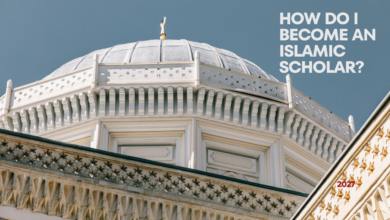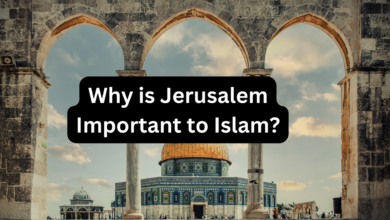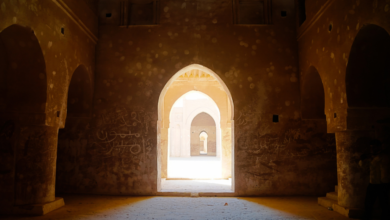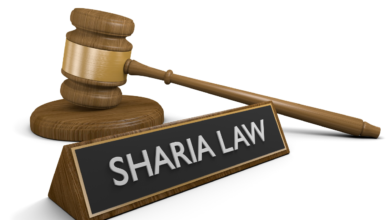Hijri – The Islamic Calendar
Navigating Time and Tradition: The Hijri Calendar's Role in Islam
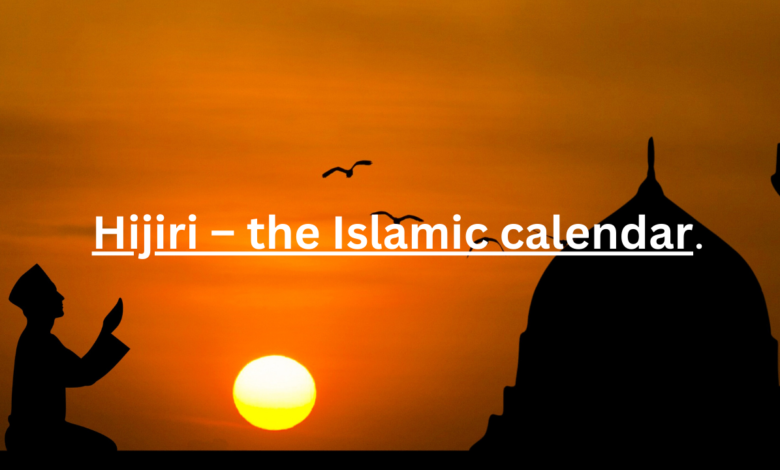
Hijri – The Islamic Calendar
The Hijri calendar, also known as the Islamic calendar, is a lunar calendar used by Muslims to determine religious observances and events. It begins with the migration of the Prophet Muhammad (peace be upon him) from Mecca to Medina in 622 CE.

Introduction
The Islamic calendar, known as the Hijri calendar or Hijriyyah, is a vital aspect of Muslim life and culture. It serves not only as a means to keep track of time but also as a spiritual and cultural symbol for over a billion Muslims worldwide. This lunar calendar is deeply rooted in Islamic tradition, and its significance extends far beyond mere timekeeping. In this article, we will explore the origins, structure, and cultural significance of the Hijri calendar.
Origins of the Hijri Calendar
The Hijri calendar begins with a crucial event in Islamic history: the migration (Hijrah) of the Prophet Muhammad (peace be upon him) from Mecca to Medina in 622 CE. This momentous journey marked the beginning of a new era for Muslims and is considered the foundation of the Islamic calendar.
The Hijri calendar is a lunar calendar, meaning it is based on the cycles of the moon. Each month consists of 29 or 30 days, totaling either 354 or 355 days in a year. As a result, the Islamic year is approximately 10-12 days shorter than the Gregorian solar calendar used in most of the world.
Also check.
- Why Taking Bribe is Haram in Islam?
- What is Sunnah in Islam?
- What is Hadith?
- Why is Jerusalem Important to Islam?
- What is Nikkah in Islam?
Structure of the Hijri Calendar
- Months: The Hijri calendar comprises 12 months, just like the Gregorian calendar. However, because it follows the lunar cycle, each month is either 29 or 30 days long. The sequence of months in the Islamic calendar is as follows:
- Muharram
- Safar
- Rabi’ al-Awwal (Rabi’ I)
- Rabi’ al-Thani (Rabi’ II)
- Jumada al-Awwal (Jumada I)
- Jumada al-Thani (Jumada II)
- Rajab
- Sha’ban
- Ramadan
- Shawwal
- Dhul-Qi’dah
- Dhul-Hijjah
- Years: Islamic years are designated by the letters “AH,” which stand for Anno Hegirae, meaning “In the year of the Hijra.” The first year of the Islamic calendar corresponds to the year 622 CE, the year of the Prophet Muhammad’s migration.
Cultural and Spiritual Significance
- Determining Religious Observances: The Hijri calendar plays a crucial role in determining the timing of Islamic religious observances. Most notably, it is used to calculate the beginning and end of the holy month of Ramadan, during which Muslims fast from dawn to sunset. Additionally, it determines the dates of major Islamic festivals such as Eid al-Fitr and Eid al-Adha.
- Islamic Months and Their Significance: Certain months in the Islamic calendar hold special significance. For instance, Ramadan is the month of fasting and increased devotion, while Dhul-Hijjah is the month in which the Hajj pilgrimage to Mecca takes place.
- Reflection and Spiritual Growth: Muslims often use the Hijri calendar as a tool for self-reflection and spiritual growth. They may set religious and personal goals at the beginning of the Islamic year and use its lunar months as a time to renew their faith and engage in acts of worship.
- Cultural Identity: The Hijri calendar is not just a religious tool but also a cultural symbol. It serves as a unifying factor for Muslim communities worldwide and is a source of pride and identity.
Challenges and Adaptations
While the Hijri calendar holds immense cultural and religious significance, it does present some challenges in daily life, particularly in the modern world where the Gregorian calendar is widely used for civil purposes. As a result, many Muslims rely on both calendars, with the Hijri calendar governing religious and cultural events, and the Gregorian calendar being used for everyday life.
Conclusion
The Hijri calendar is not merely a means of measuring time but a fundamental aspect of Islamic culture and faith. Its lunar structure, rooted in the historic journey of the Prophet Muhammad, shapes the timing of religious observances and serves as a symbol of Muslim identity. In a world where timekeeping has become standardized, the Hijri calendar stands as a testament to the enduring cultural and religious heritage of Islam.
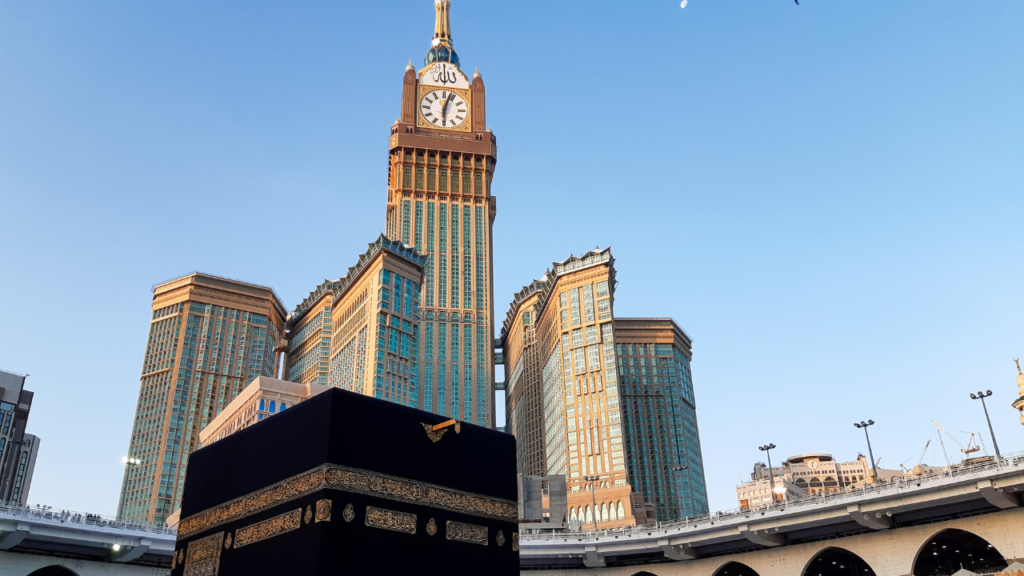
FAQs
What is the Hijri calendar?
The Hijri calendar, also known as the Islamic calendar, is a lunar calendar used by Muslims to determine religious observances and events. It begins with the migration of the Prophet Muhammad (peace be upon him) from Mecca to Medina in 622 CE.
How does the Hijri calendar differ from the Gregorian calendar?
The Hijri calendar is lunar, consisting of 12 months of either 29 or 30 days, totaling 354 or 355 days in a year. It is about 10-12 days shorter than the Gregorian solar calendar, which is used in most of the world.
What is the significance of the Hijri calendar for Muslims?
The Hijri calendar plays a vital role in determining the timing of Islamic religious observances, such as Ramadan and Eid festivals. It is also a cultural symbol and source of identity for Muslims.
How are Islamic years designated in the Hijri calendar?
Islamic years are designated by the letters “AH,” which stand for Anno Hegirae, meaning “In the year of the Hijra.” The first year of the Islamic calendar corresponds to the year 622 CE.
How are Islamic years designated in the Hijri calendar?
Islamic years are designated by the letters “AH,” which stand for Anno Hegirae, meaning “In the year of the Hijra.” The first year of the Islamic calendar corresponds to the year 622 CE.
What are some of the important months in the Hijri calendar?
Notable months include Ramadan, the month of fasting and increased devotion, and Dhul-Hijjah, the month of the Hajj pilgrimage to Mecca.
Do Muslims use the Hijri calendar exclusively for all purposes?
No, while the Hijri calendar is crucial for religious and cultural events, Muslims often use the Gregorian calendar for civil and everyday purposes.
Is there a standard way to convert dates between the Hijri and Gregorian calendars?
There are various tools and methods available for converting dates between the two calendars, but it’s important to note that conversions may not always be precise due to the differences in their structures.
Can non-Muslims use the Hijri calendar?
Yes, anyone can use the Hijri calendar for reference or to understand Islamic dates and events, as it holds historical and cultural significance beyond its religious use.
How do Muslims celebrate the Islamic New Year, also known as Muharram?
Muslims commemorate the Islamic New Year with prayers, reflection, and fasting. It is a time for renewal of faith and self-improvement.
What is the role of the Hijri calendar in fostering a sense of community among Muslims?
The Hijri calendar serves as a unifying factor for Muslim communities worldwide, as it helps coordinate religious and cultural events, bringing Muslims together to celebrate their faith and traditions.
